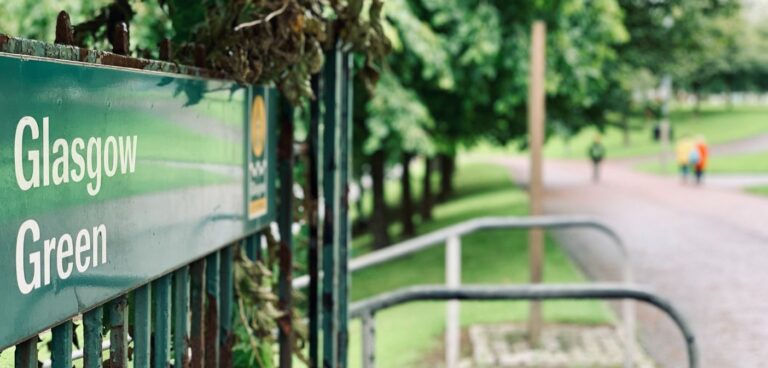Plans to build a city-wide network of active travel infrastructure for all parts of Glasgow have been unveiled.
Released by Glasgow City Council as part of a strategy to promote active travel in the Scottish city, the plans will add 270km of cycleways and improved footways along main roads in Glasgow.
The new network – intended to support a wider effort to reduce the city’s carbon footprint and improve air quality – will be designed to ensure easy access to safe, segregated routes from homes, schools, key amenities and cultural destinations throughout the city.
It is to be created with the aim that schools are within 400m of the main active travel routes while no home is more than 800m from segregated cycling infrastructure.
With several key routes already in place in the city, and plans to develop further ones throughout the city centre, it is anticipated that the new active travel network will allow anyone who cycles to reach most of the city within 30 minutes and almost all of the city within an hour.
Councillor Anna Richardson, city convener for sustainability and carbon reduction, said: “Glasgow’s population is continuing to rise with the obvious consequence that more and more journeys are being taken in the city. To avoid increasing traffic levels, congestion, air pollution and road safety issues in future then we must provide alternatives for people to get about the city.
“By having an active travel network easily accessible to every home and school across the city we can start to turn around a situation with half of the vehicle journeys in Glasgow are less than 3km.
“By reducing our reliance on private vehicles for getting about Glasgow we can begin to reduce the carbon impact of our transport system. Encouraging a shift to the most sustainable form of transporting available to us can make a major contribution to Glasgow’s effort to tackle climate change.”
It is intended the active travel strategy will sit alongside Glasgow City Council’s recent Liveable Neighbourhood’s Plan, which also seeks to reduce dependency on private cars by improving access to local centres and the range of services people rely upon on a daily basis.
Taken together, the two strategies will seek to identify opportunities for improved active travel by making better use of existing routes along canals, rivers and old railways.
The active travel strategy also provides a focus on training and education within schools but also looking to target groups that are under-represented or disengaged from walking and cycling.
It estimated the envisaged network would cost £470m and work to engage with the Scottish government has begun on access financial support from the national active travel budget.
The active travel strategy will be subject of a public consultation starting in mid-October.





